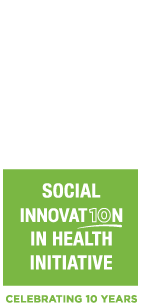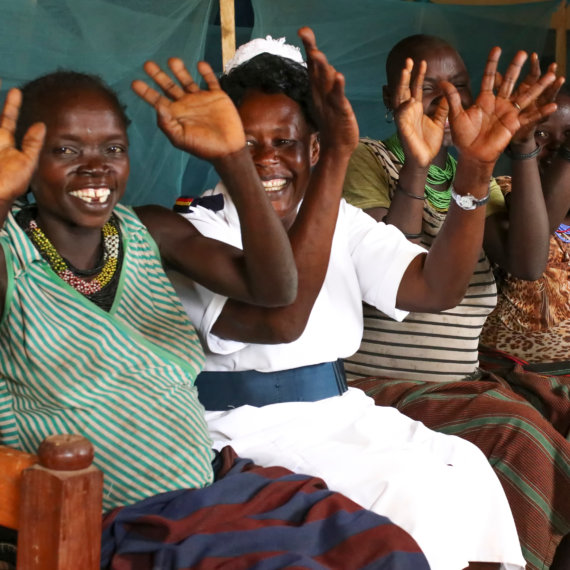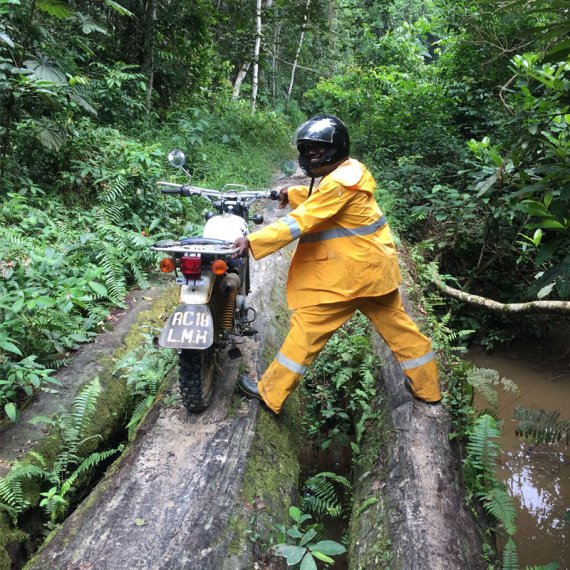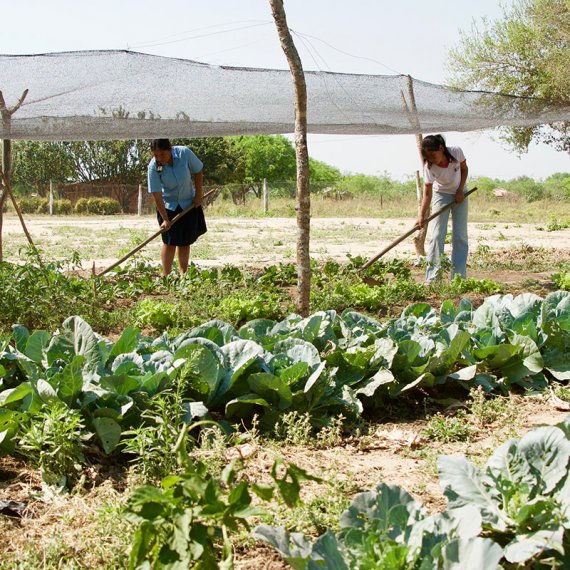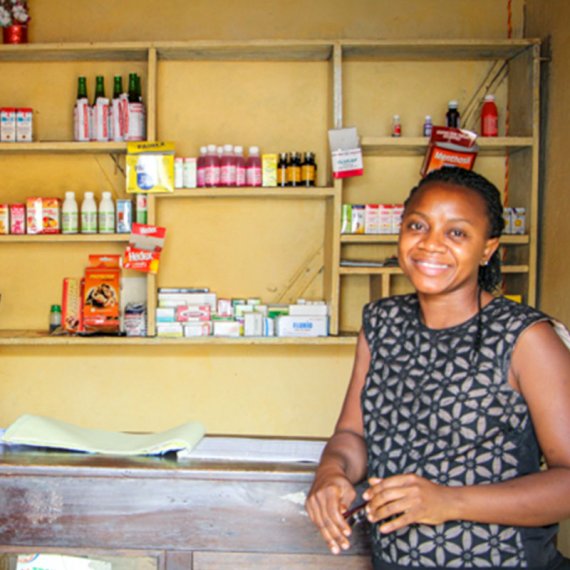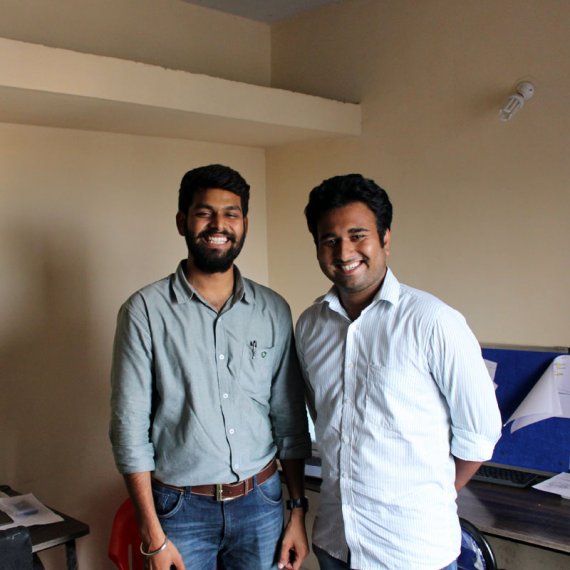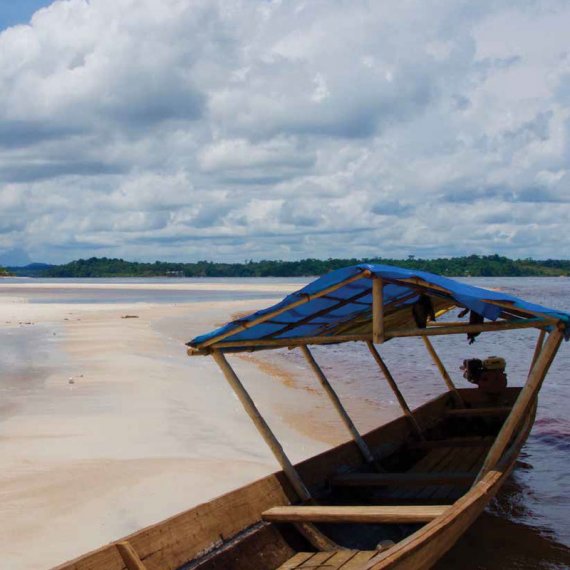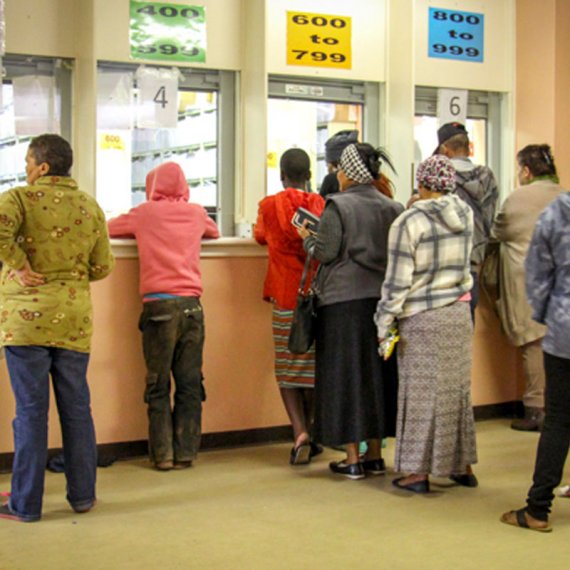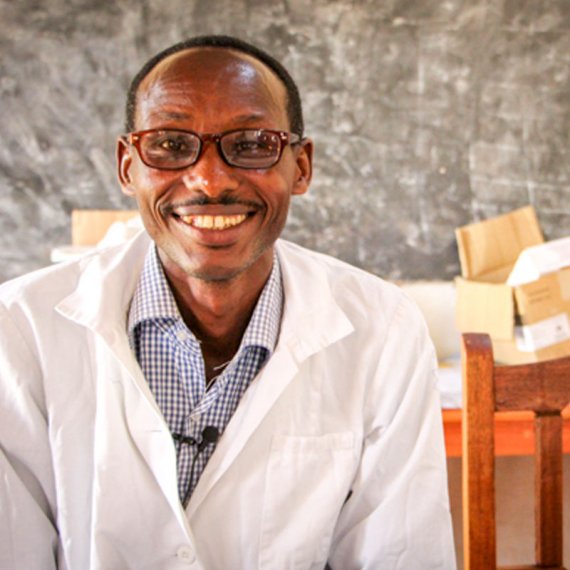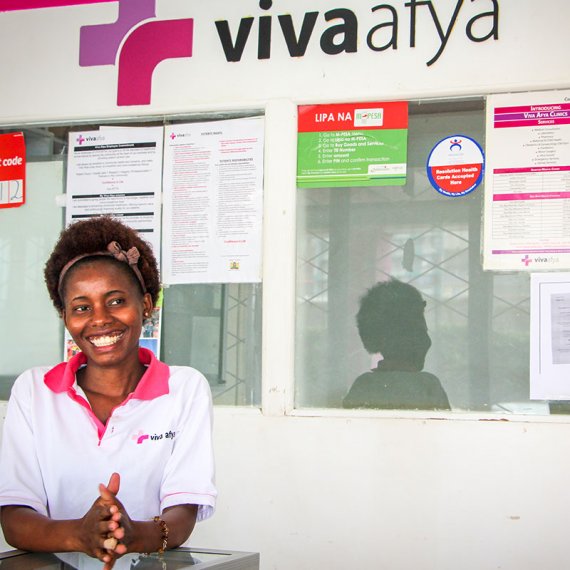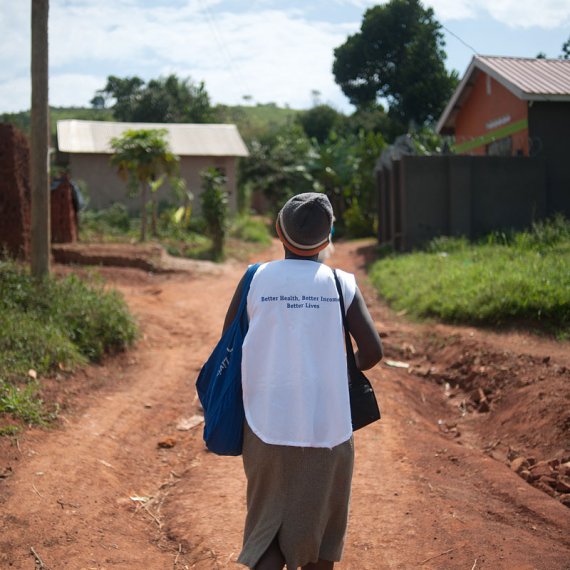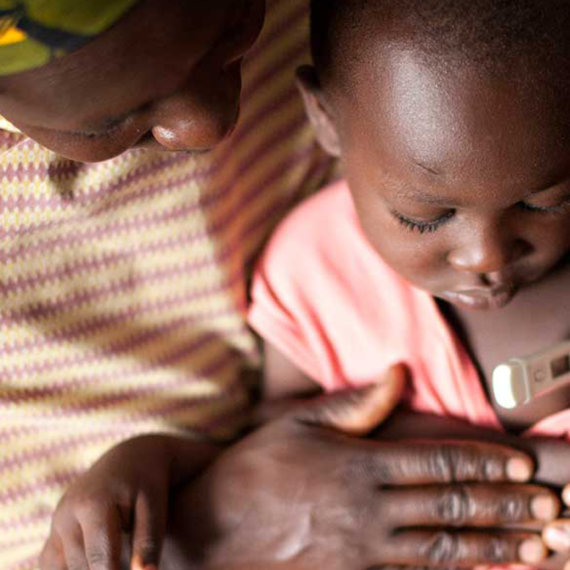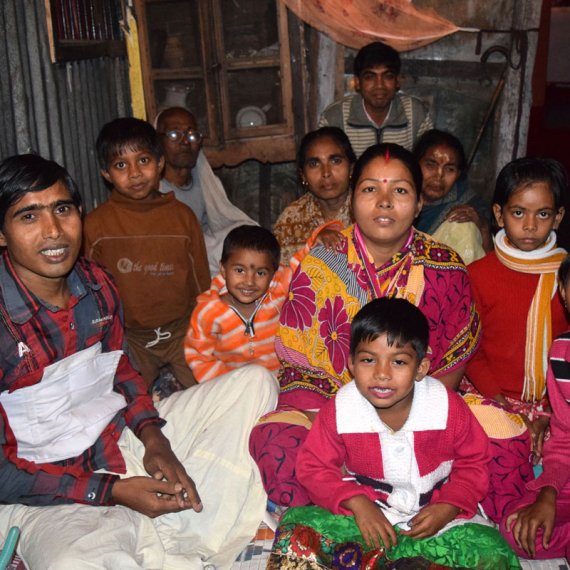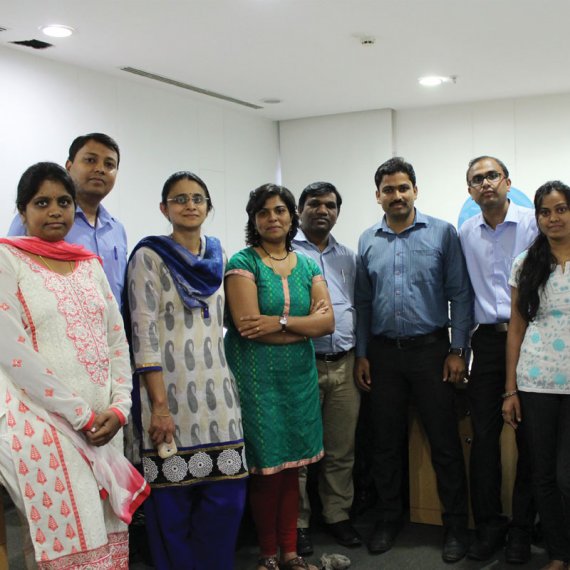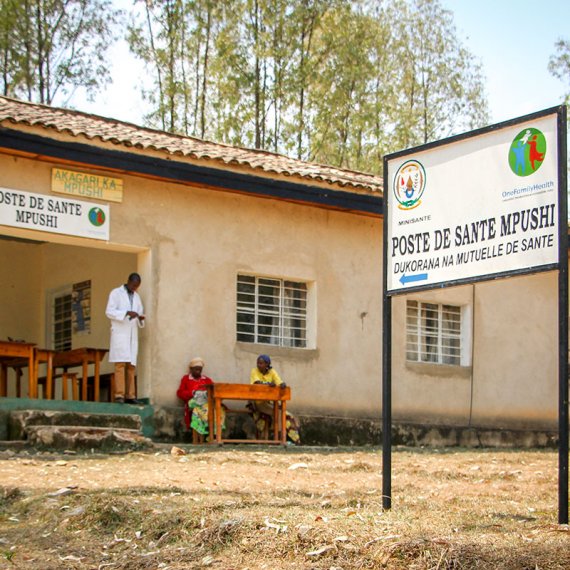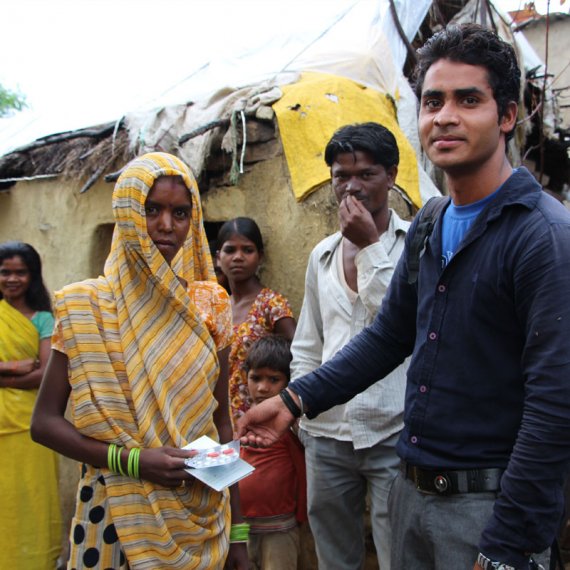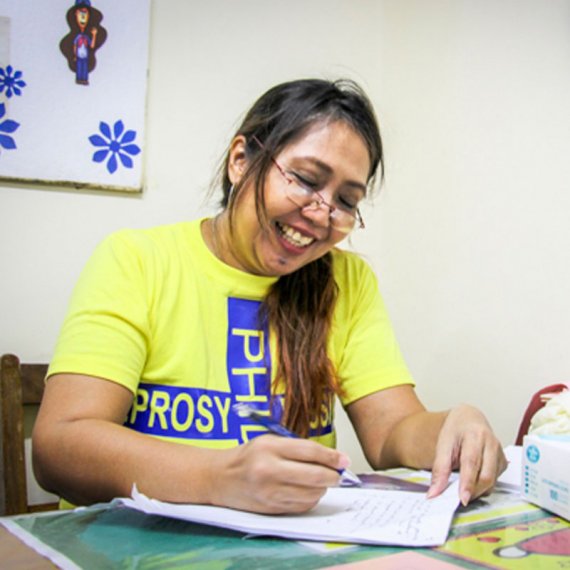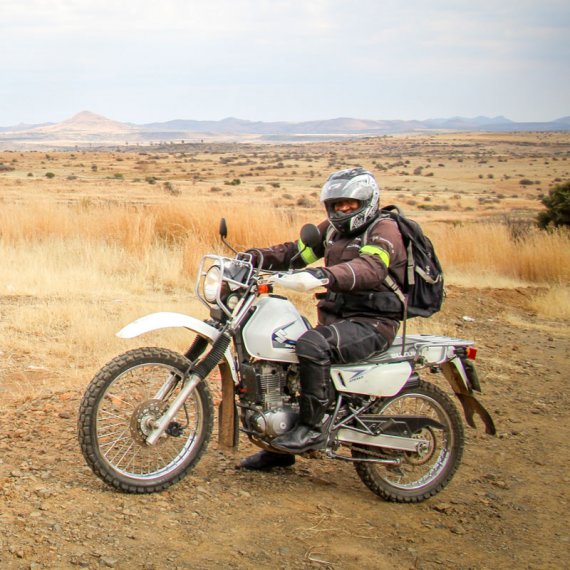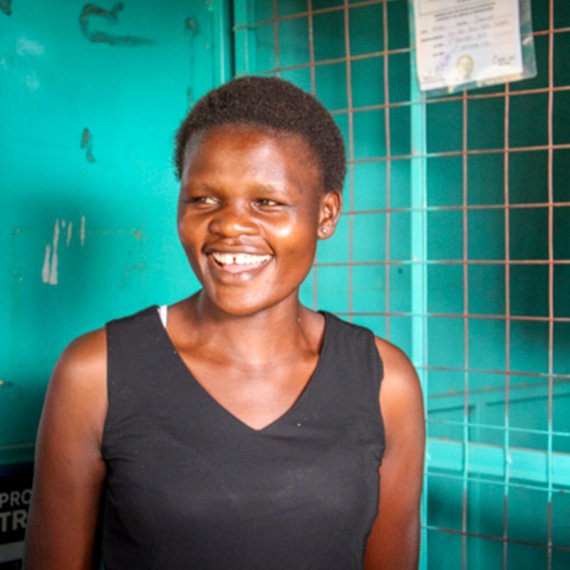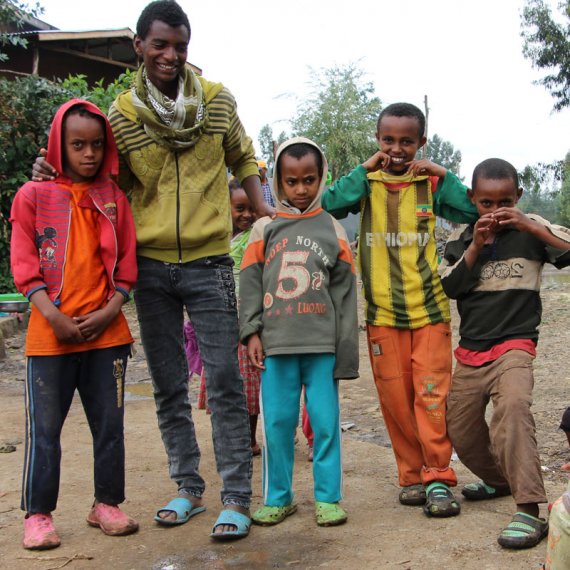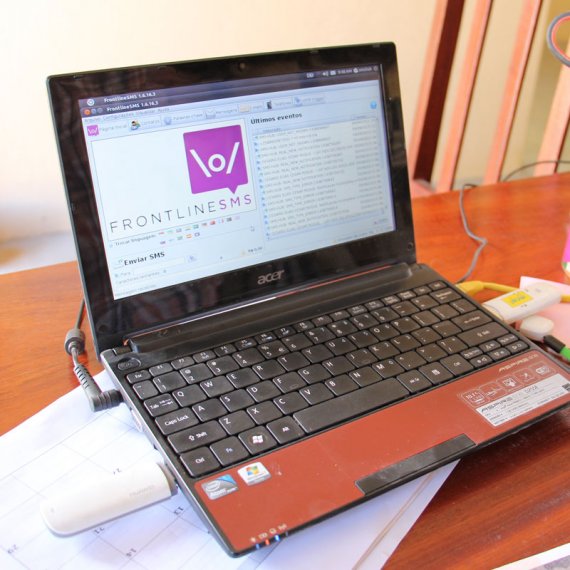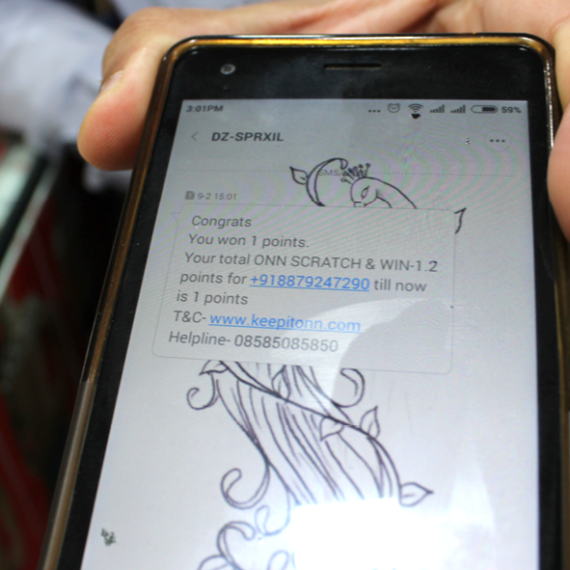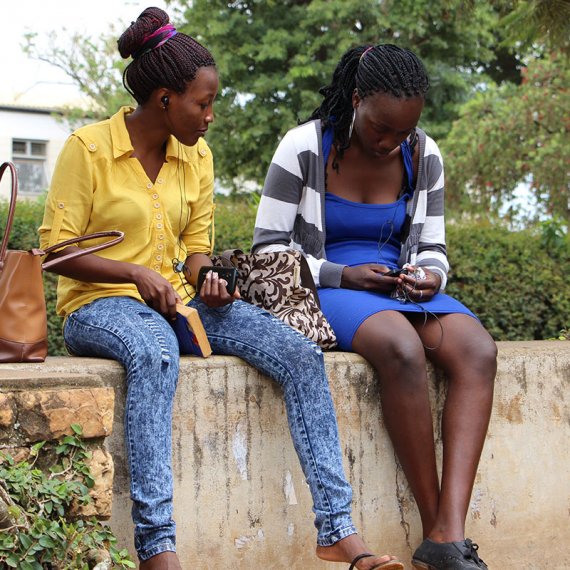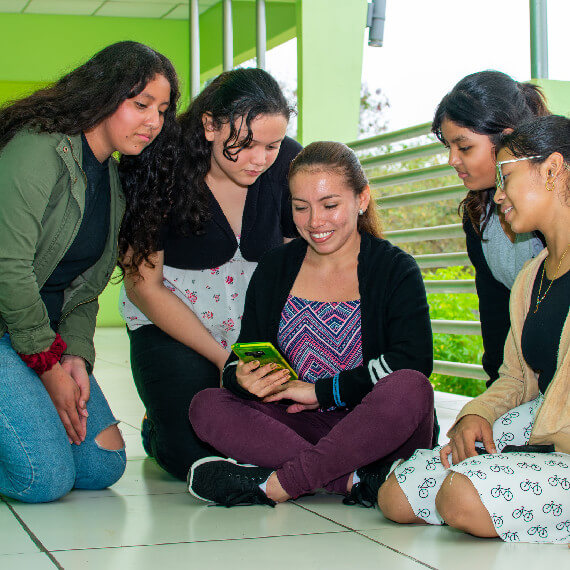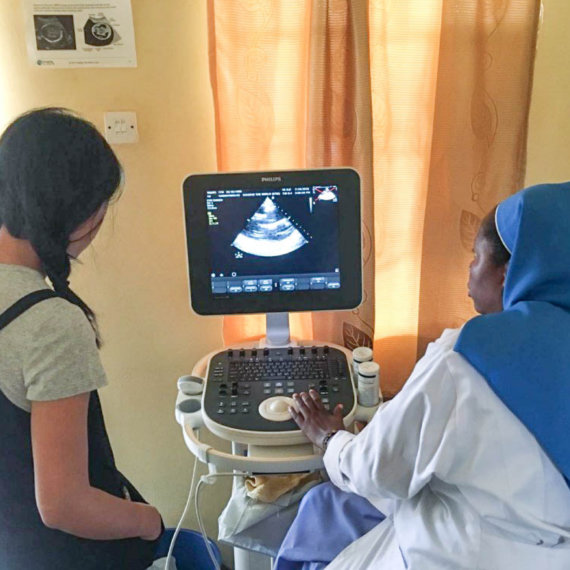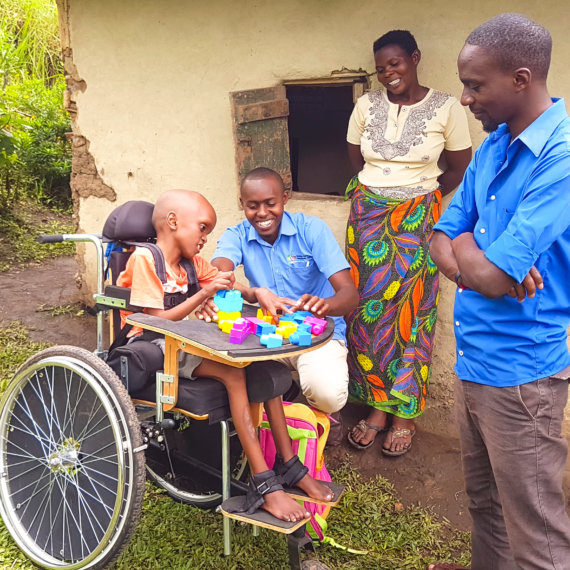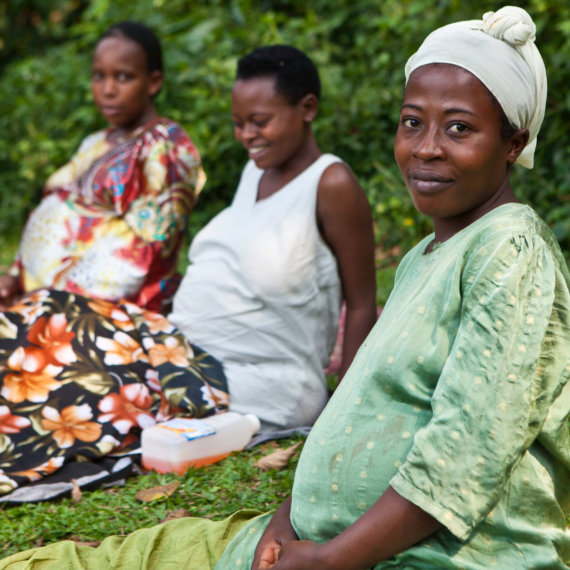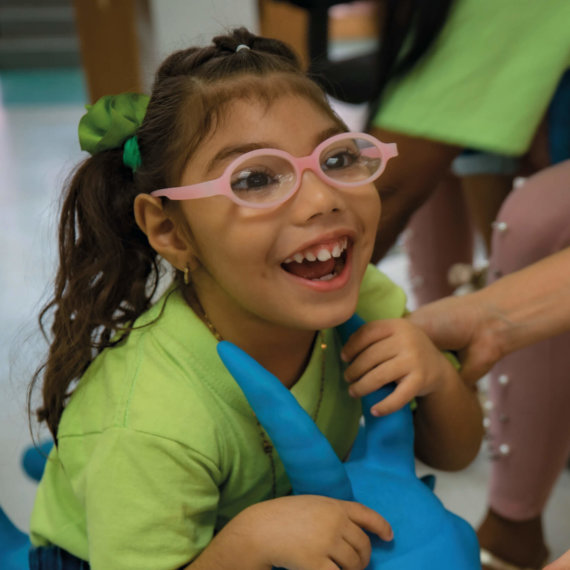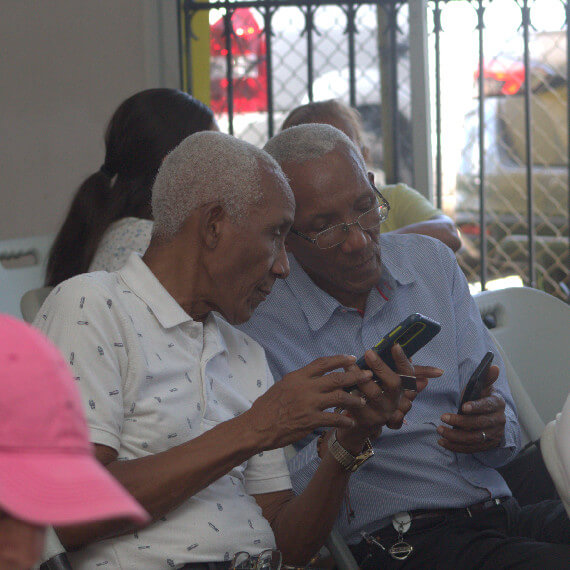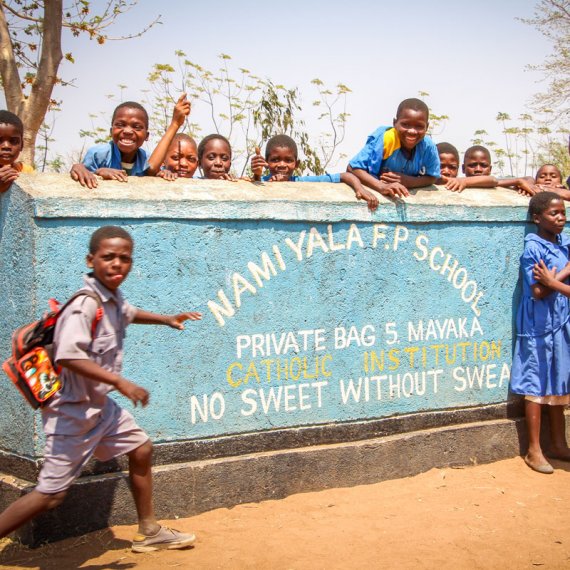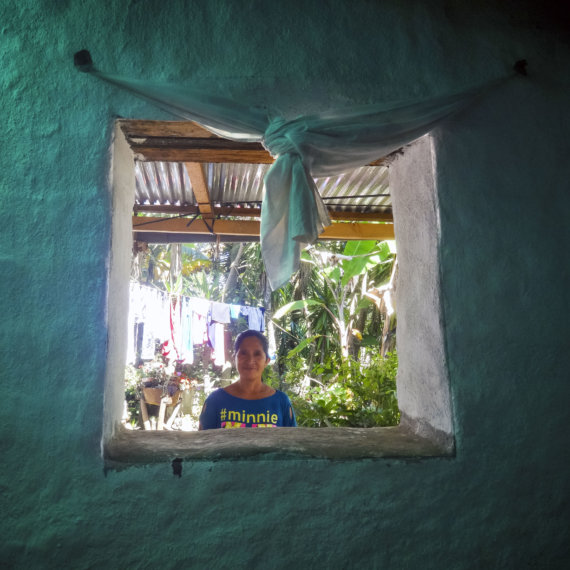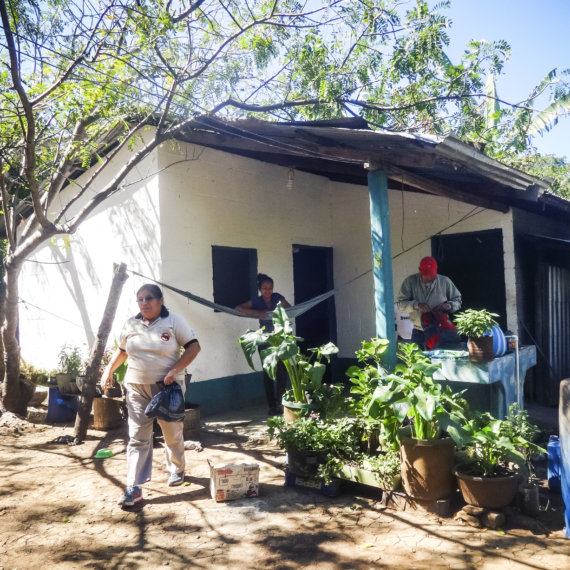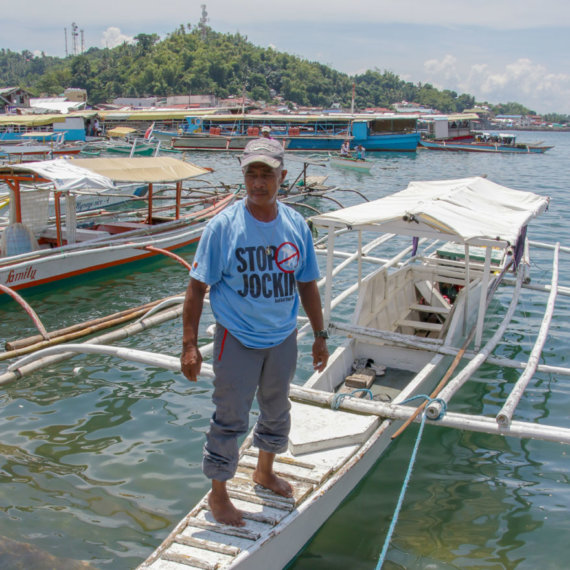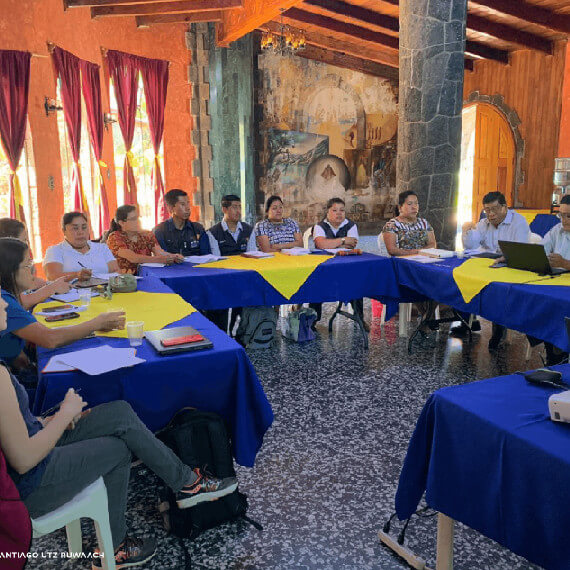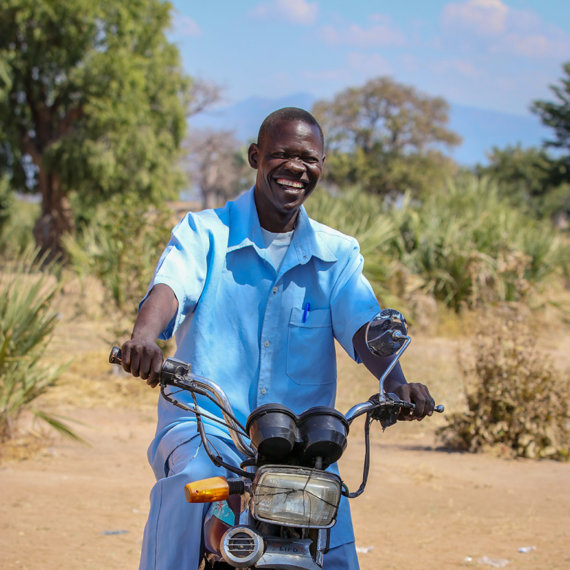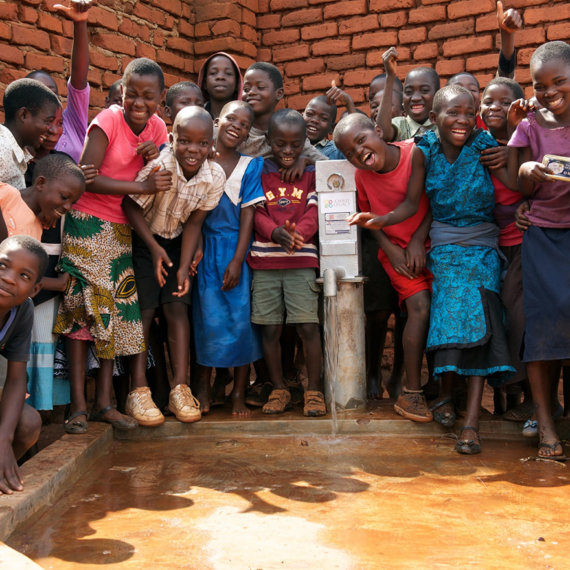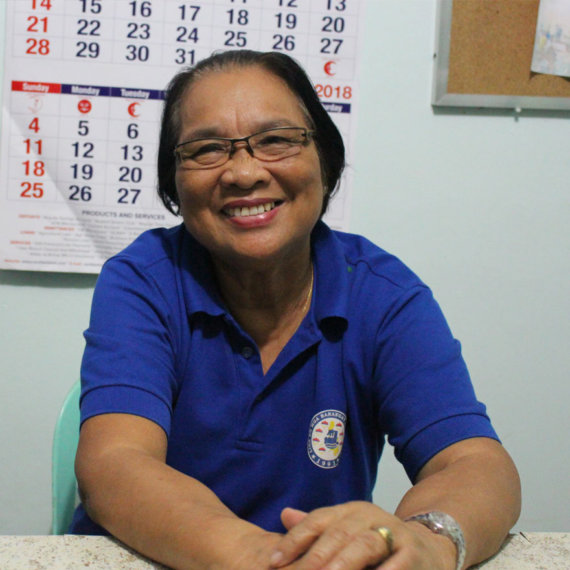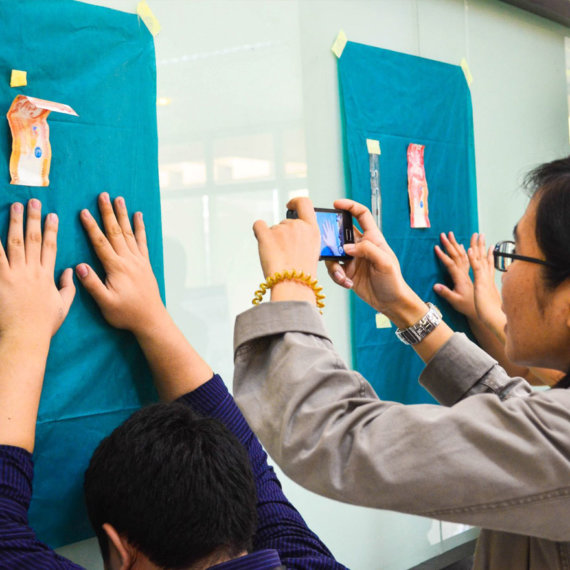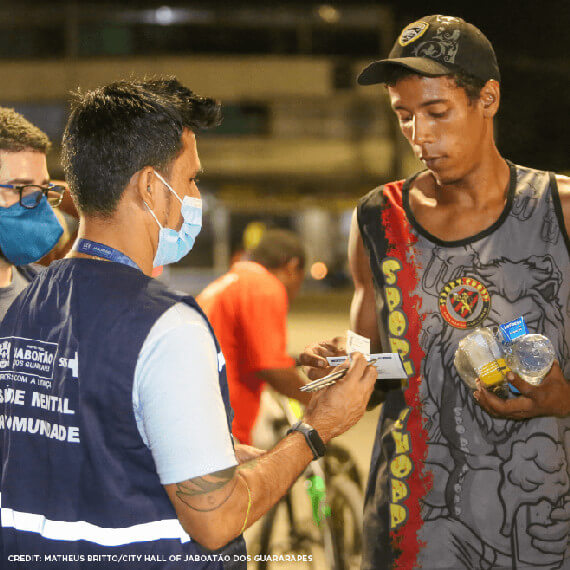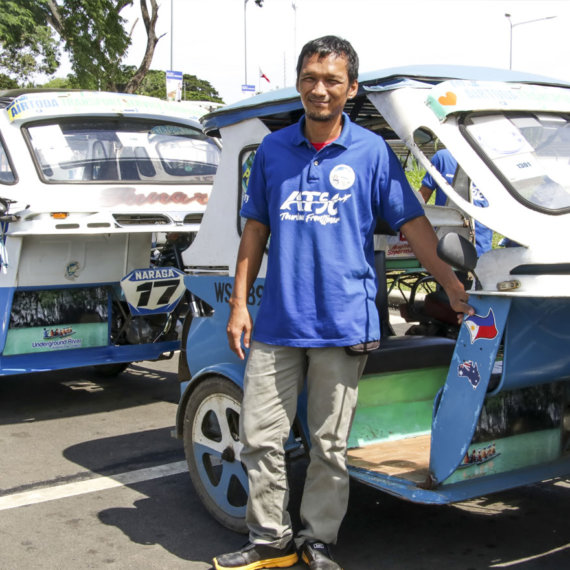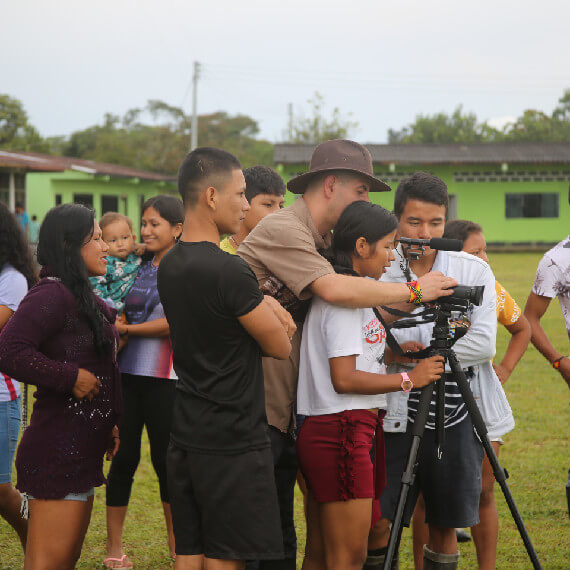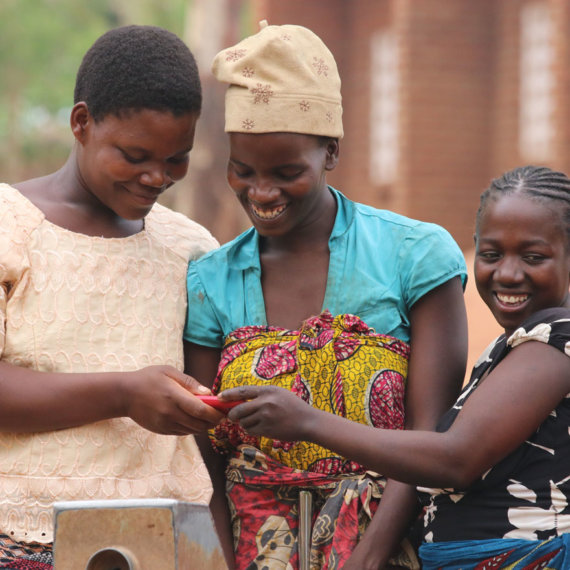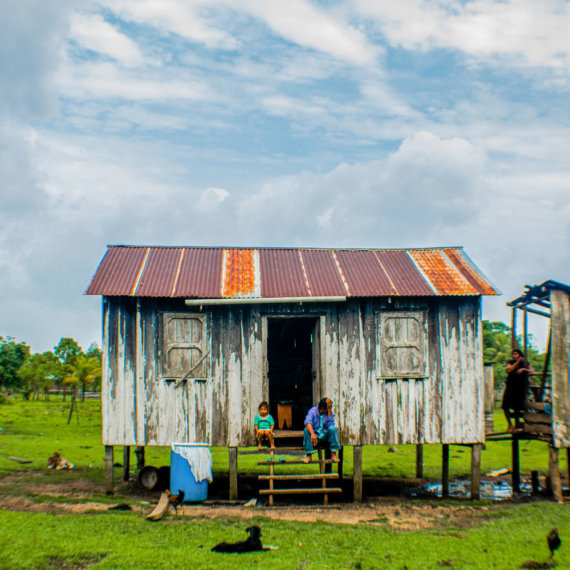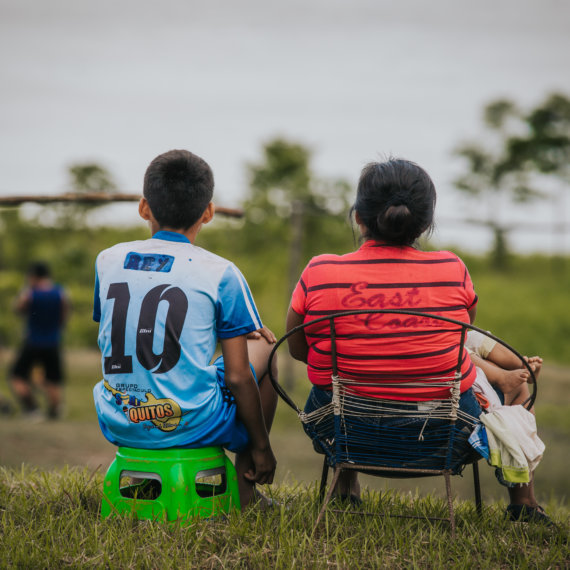Eco-health approach to fight Chagas disease
Sustainable prevention of Chagas’ disease by reducing the risk of household infestation of Triatomine bugs, through the empowerment of communities to use locally available materials for home improvement and removal of animals from the household.
CONTINENT
LATIN AMERICA
Country
GUATEMALA
Location
Comapa, Guatemala
Founding year
2004
Organizational structure
University programme
Health focus
NTD’s, Chagas disease
Actors Involved
Community, NGOs, Universities, State
Programme Focus
Training & Education, Community Mobilisation
Health System Function
Logistics and Information
CHALLENGE
Chagas is the deadliest (based on number of deaths) parasitic disease in Latin America. It affects around 8 million people worldwide, causing an estimated 10,000 deaths each year, especially among populations living in poverty. This disease is caused by the parasite Trypanosoma cruzi, which is transmitted by an insect (Triatomine bug) that in Guatemala is called a chinche. This insect feeds on the blood of dogs, birds, rodents, other animals and humans. It hides inside homes in crevices and cracks in adobe or wooden walls and poorly finished floors, and roofs made of palm leaves.
One of the reasons why Chagas’ disease is associated with conditions of extreme poverty and neglect is because the insect transmitting the parasite colonizes households in poor rural communities where cheap, readily accessible materials such as adobe, wood and palm leaves are used for construction. Thus, several risk factors for infestation by the vector are related to the condition and quality of homes.
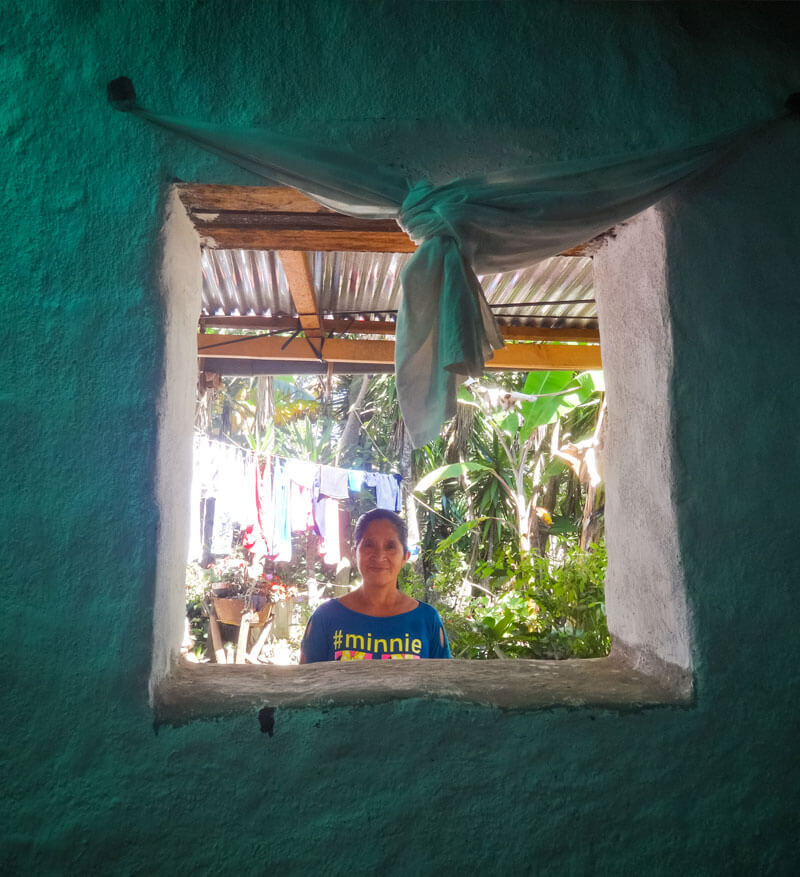
“When people start participating from the entire process, when they take part in every step of the home improvement program, you can notice the effect it has on their whole lives. They start showing interest and pride. They move from looking down to looking up and in the eyes. They move from the shame of having ´chinches´ in their house to invite us to enter their houses. This program takes people out of depression and lack of hope and gives them a positive mindset.”
– Belter Amilcar Alcántara, field technician
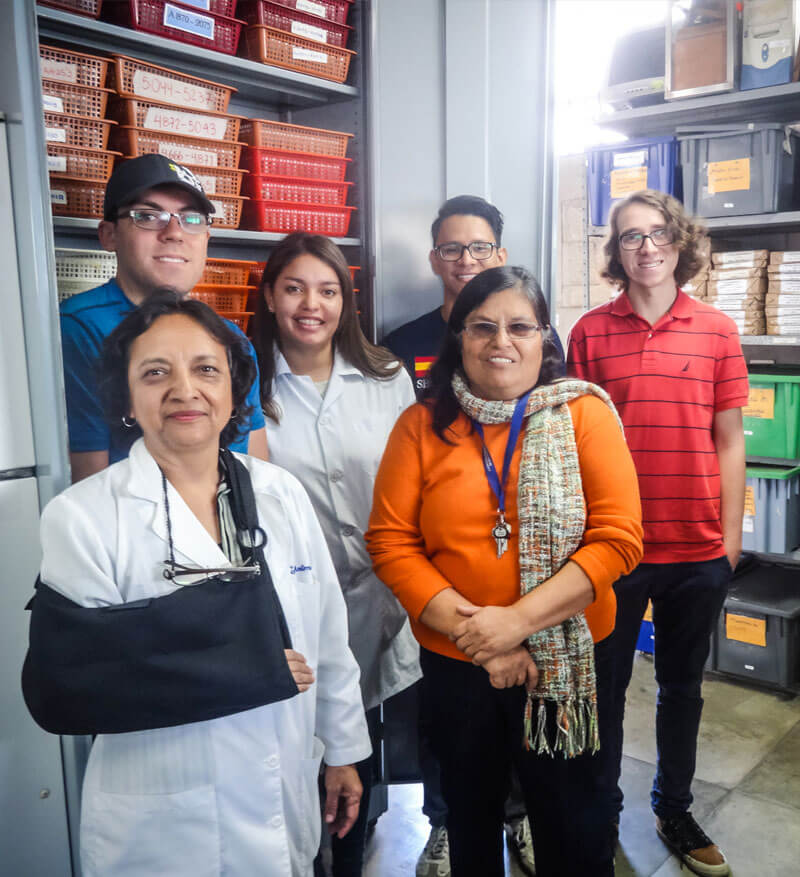
INTERVENTION
This University-based project was initiated through research led by Drs Maria Carlota Monroy and Antonieta Rodas, from the Laboratory of Applied Entomology and Parasitology (LENAP) at Universidad de San Carlos. Their research sought to identify the risk factors for infestation of households by vectors. Seventeen risk factors were identified by the team; three of them were related to the quality of the homes and were susceptible to intervention. These three factors were the quality of the floor, the quality of the walls, and the presence and rearing of animals inside the homes.
The eco-health approach consists of two components: 1) the design of a strategy to fill the cracks in the floors and walls using a combination of locally available materials; and 2) increasing awareness of these risks through training of leaders and members of the community to repair and improve their own homes and to adopt the healthier practice of raising animals outside of the household. For the first component of the intervention, the team experimented with different materials and received professional guidance to identify ways of improving walls and floors. This led to the finding that volcanic ash and sand provided the best mix to keep bugs from colonizing the homes. To engage the community, the design, construction and distribution patterns of the houses followed the cultural practices and characteristics of the Mayan culture. Communities own the home improvement strategy not just by adapting it to the shapes and original designs of their homes but also by using and exploiting local materials that are widely available and that were otherwise ignored and underused.
“It costs approximately US$100 to fully repair one house. Imagine what we could do with a $1m donation. After paying our researchers who generate new knowledge and after securing the salaries of our field technicians, who do not carry out the improvements but teach people and local communities how to do them and accompany them in the process, we could be transforming at least 8,000 homes for good. When we support one family or when we improve one house, we are improving the conditions not just for that generation, but also for the following.”
– Dr. Maria Carlota Monroy, leader LENAP
The eco-health approach to Chagas’ disease has created social value by effectively reducing the vector infestation rates, and by reducing the frequency of infections, illness and deaths in the regions where it has operated.
There has been a favorable cultural and behavioral change in the communities since people started making better use of the land and taking care of the area surrounding their homes after visibly improving their households and moving animals out of the house. For example, many planted new trees outside their houses. Several women started fruit growing and cultivation, where they had not done so previously. They are now selling mango, papayas, lemons and other fruits.
Addressing risk factors, working collaboratively across sectors and disciplines, making sure that communities take a lead role in the preparation and delivery of the solution, and preparing field technicians so they become facilitators and trainers, contributed to the success of this innovative solution.
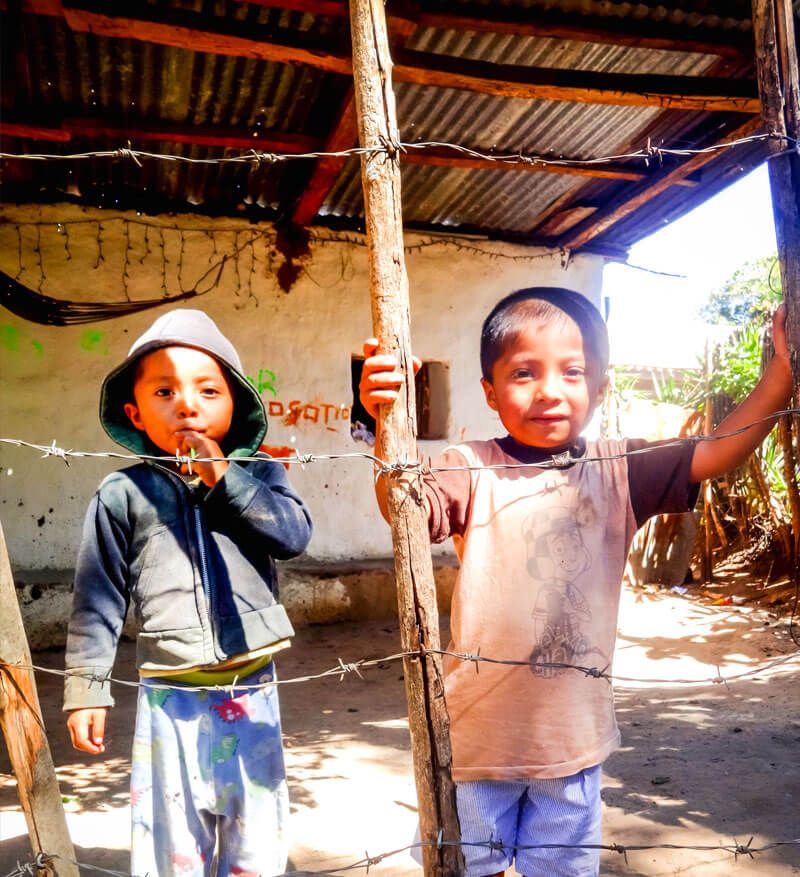
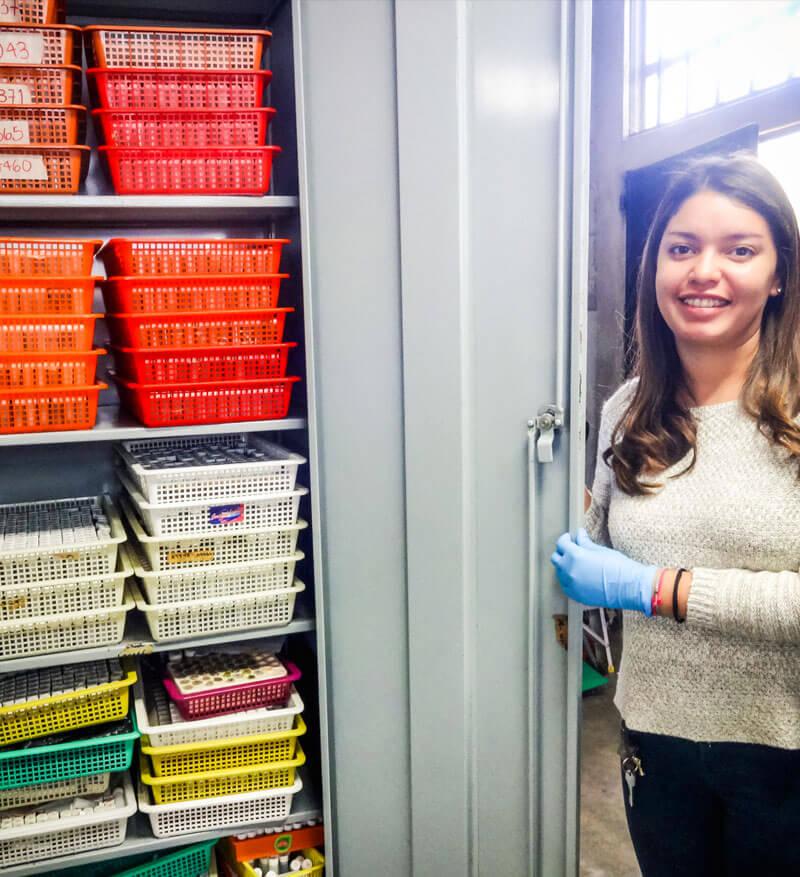
CASE INSIGHTS
The Eco-health approach provides the following key lessons:
- Health interventions that target risk factors can be more effective than those focused on effects. When the attention is given to the root causes of health problems, preventive solutions become realistic, outperforming palliative responses.
- Communities need to be approached with respect and consideration for their culture; field workers and technicians need to be accepted and trusted by communities, themselves preferably being from the same areas, as they function as the knowledge brokers between researchers and rural inhabitants. Once the information has become widespread, local people must own the strategy and methods, so they can implement them by themselves and recur to them when needed.
- Interventions can be more effective when they involve multiple disciplines and are designed to function across sectors. Working in isolation as a researcher is ineffective in solving health problems on a large scale.
- Effective health interventions tend to unleash other positive dynamics, such as empowered community members and new income streams that emerge as a result of learning new skills and enjoying better health.
“I am convinced that when this solution is owned by the communities, when they participate from preparing the materials and from doing the improvements by themselves, this solution stays there, communities can use it whenever they need to, and in this way it becomes more effective and long lasting.”
– Belter Amilcar Alcántara, field technician
INNOVATOR INSIGHTS
Carlota Monroy, innovator behind this initiative, shares here view on sustainability and health equity.
